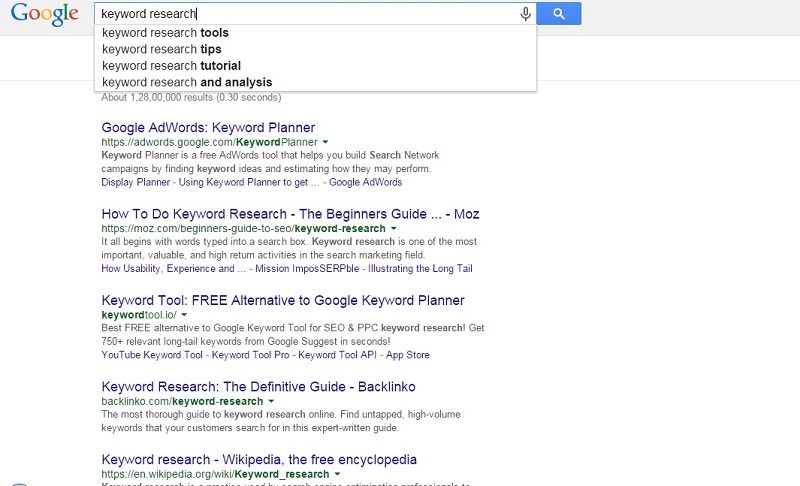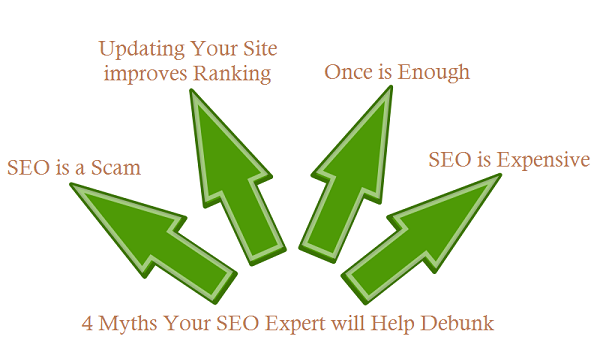One of the key job responsibilities of a SEO professional is keyword research for enhanced optimization. There are many tools available in the market that make keyword optimization a lot simpler, but the question is; are you sure that you are doing the keyword research in the correct manner? Behavior of the customers has changed over the years and their purchase journey is far more complicated now than it was 5-6 years ago due to the overwhelming number of products/services providers in the market.
Keyword research process of a B2B site is far more challenging than B2C sites because B2B customers are extremely cautious. According to a survey, at least 12 searches are done by the B2B customers before they buy something. They not just want to know everything about the product, but they are also eager to explore what other customers think about that product.
Let me explain the difference between a B2C and B2B customer. A B2C customer will search, click and buy, but a B2B buyer will read reviews, compare the product with others, try to find out how the product will help the business grow etc. Hence, instead of being number one for a keyword search result, you have to choose keywords based on customers’ journey and make sure that they get the right message at the right time to influence their buying decision.
Let’s assume that you sell shopping cart software and your main target customers are startup ecommerce business owners. Now we will look at the customer purchase journey and how keyword research should be done.
Customers are not aware of their problem: In this stage people are not aware of your product and they don’t know whether they have a problem or not. For example, someone who is planning to start an ecommerce business, but have no or very vague idea about shopping carts (features, security). So, how can you do SEO when the customers are not even aware of you? In this stage your main task is audience development. You must concentrate on article marketing and bring the right traffic to your site.
Since you are selling shopping cart software, you have to target the keywords people will use before they think about your product. How about posting an interview of leading ecommerce business owners? You are not talking about your product, but since the leaders of the ecommerce business are talking about their experiences with shopping cart tools, customers start paying attention. Once the readers are happy with your content, ask them to sign up for your newsletters or join the Facebook fan page.
Customers are aware of the problem: After reading the interview post, your future customers are aware of their problem, but they don’t know the solution. So, now they will search for information that will help them solve their problems. Your job is to target and embed the keywords in your site that people will use to find a solution. For example, “shopping cart security issues”, “top shopping cart features”, “10 best shopping cart in the market”. Do your research using the appropriate tools and then pick the ones that have a better chance of ranking. So, this way, you are bringing the site on top of SERP as well as answering your target customers’ queries. Based on the keywords and queries you can write a blog post, create a landing page or offer a free trial of your shopping cart software.
Settle for the keyword ROI: Now that customers know what their problem is, they would like to know if you can provide a tool that will solve their problem. For example, an ecommerce shopping tool that is highly secure and keeps hackers at bay. In order to know the keywords you need to target take a look at the NPS feedback. What do the customers like the most about your product? Go for the keywords maximum people searched and loved the answers search results provided to them. If you think that your tool has a number of unique features, then you have to optimize for each set of feature and this is where shortlisting is crucial. Make sure that you are investing your time and money in only those keywords that offer great ROI.
Comparison of similar tools: There are lots of other B2B companies selling ecommerce shopping cart software and they are your competitors. Customers will compare your business with them by searching something like “x shopping cart vs y shopping cart’. So, how do you convince the customers when they are searching using such keywords? Some companies create pages in their site directly mentioning why their software is better than the rest. However, this may lead to legal troubles. So, you can ask the guest blogging sites to publish posts about your software and also request the loyal customers to share their feedback on third party review sites. B2B clients love independent review sites and lots of positive reviews about your product can convince them.
Convince people to buy: This is the final stage in the customer purchase journey and keyword implementation. Most people now know the features of your shopping cart, they have visited your site and some of them will even opt for trial version to have a clear idea of your product. The last thing you need to do is make these “trial version” users your “paid customers”. How does a SEO expert take care of this responsibility? You need to take a look at the support forum and the live chat facility to make a list of the questions most people are asking and create content to answer their queries. For example, people may ask, “Does your software support PayPal payment facility?” You can use the keyword “PayPal payment” in your content to provide immediate answer to the users and help Google find your site faster.
After reading this article I hope you will change your approach towards keyword research and pay more attention to the different stages a customer goes through before finally buying something. Try to keep your keywords organized for each level and you will be able to help web users search, find, and convince to buy your product.


